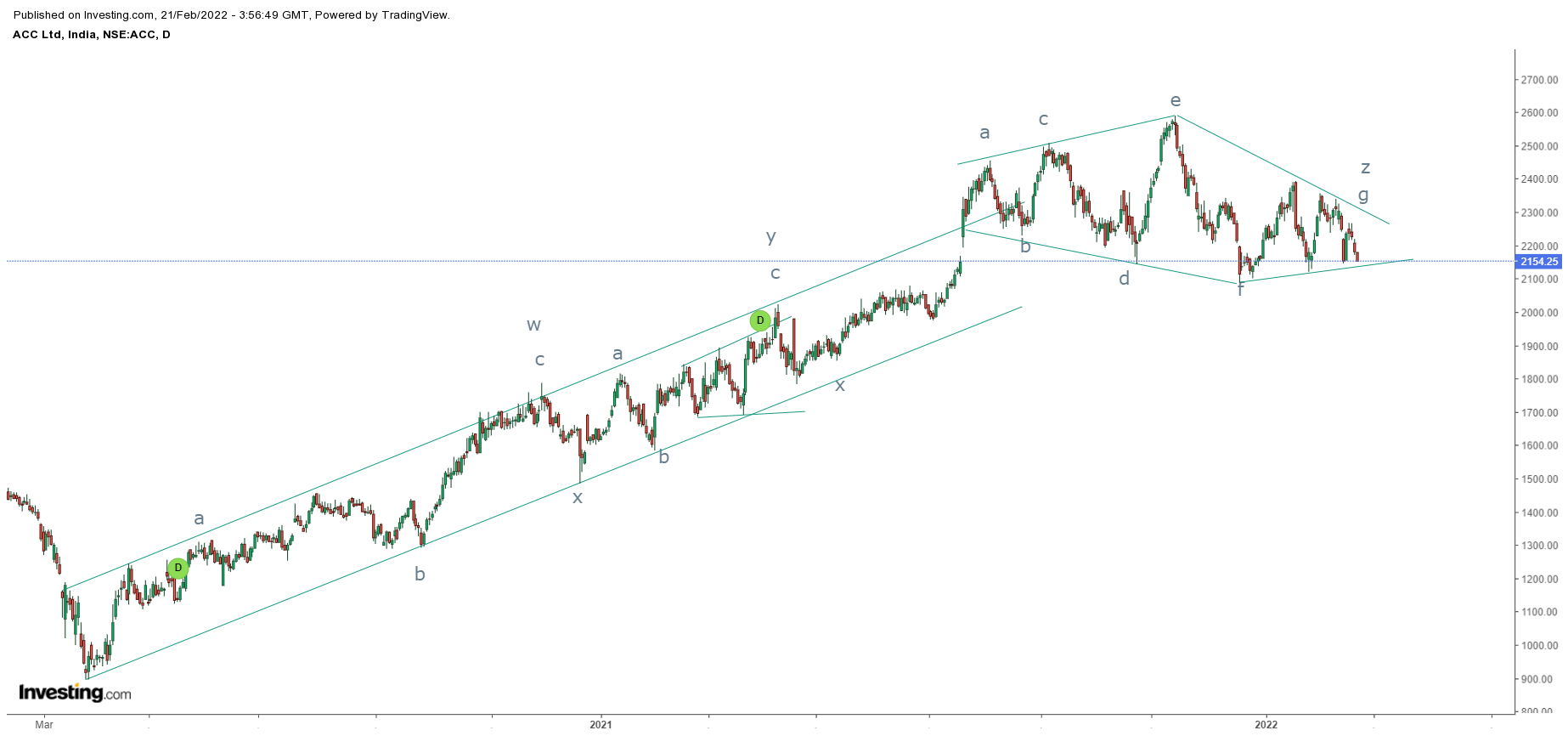Nifty: Ending Diagonal Pattern
Ending Diagonal
pattern popularly known as Wedge is always difficult to identify especially in
making. Normally in wedge pattern we can see that prices are making higher highs
and higher lows but the momentum on the upside slows down. In relation to this
we can also compare it with Relative Strength Index (RSI) where it will form
lower highs and lower lows which will give a negative divergence. Such divergence
will give an indication that upside is capped and there are high chances for
market to reverse.
We will explain further
on ending diagonal pattern but before that we will show where ending diagonal
has occurred and how it has impacted the markets. The wedge pattern has occurred
before the fall of 2008, before the fall of 2013 and the recent fall of 2014
where it eradicated more than 300 points. This wedge pattern has occurred on
smaller time frame.
Ending Diagonal
Pattern is one of the pattern which occurs in wave 5 or in wave C. It is drawn
with the help of two trend lines which is converging with each other. It has 5
wave structure each comprising of (3-3-3-3-3) in case of Ending diagonal
Pattern, if it is a case of Leading diagonal pattern the legs would be
(5-3-5-3-5). There are also expanding diagonal patterns which have Ending and
Leading diagonals in it.
We are showing images of Ending Diagonal Pattern (2008, 2013, 2014)






Comments